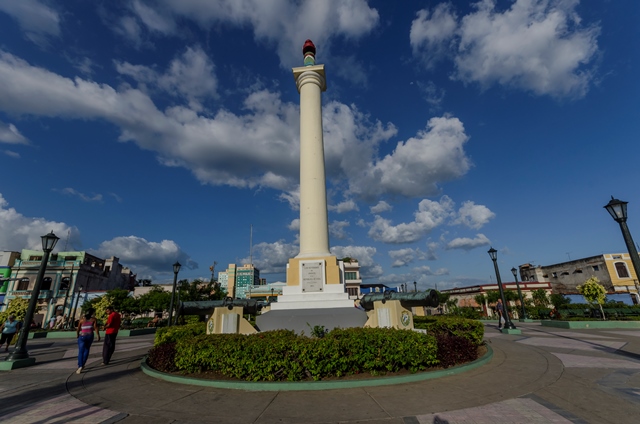It all started here. Well…almost. Serving as the hinterland to Cuba’s second largest city, Santiago de Cuba province is a mountainous mix of jungle-covered peaks and ruined coffee haciendas where all roads lead to the provincial capital. The province is often cited as Cuba’s most ‘Caribbean’ enclave. With a carnival that is distinctly West Indian and a cache of folklorico dance groups that owe as much to French culture as they do to Spanish. Here are 7 highlights of Cuba’s second capital
Parque Cespedes and around
If there’s an archetype for romantic Cuban street life, Parque Cespedes is it. A throbbing kaleidoscope of walking, talking, hustling, flirting, guitar-strumming humanity, this most ebullient of city squares is a sight to behold any time of day or night.
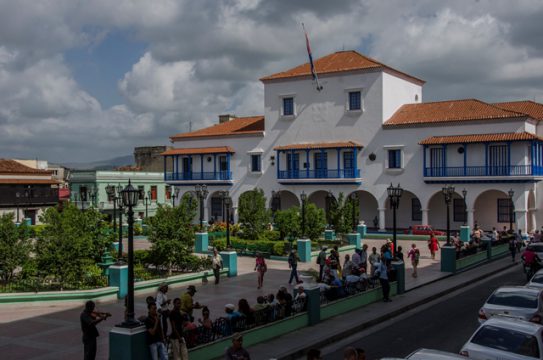
Plaza de Marte
Guarding the entrance to the casco historico, today the plaza is the site of Santiago de Cuba’s esquina caliente (hot corner), where local baseball fans plot the imminent downfall of Havana’s glory-hunting Industriales. Among the flowering plants rises a tall column with a red cap perched on top, symbolizing liberty. A block west is the Museo Tomas Romay, a natural science museum collecting natural history and archaeology artifacts.
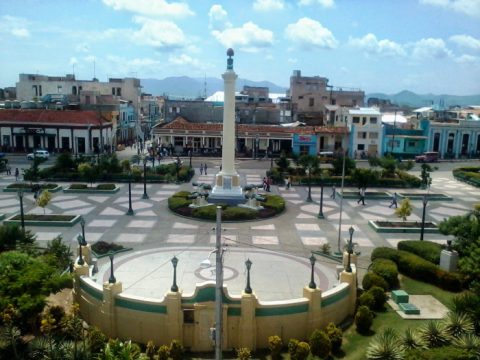
Tivolí quarter
Santiago’s old French quarter was first settled by colonists from Haiti. Set on a south-facing hillside overlooking the shimmering harbor, its red-tiled roofs and hidden patios are a tranquil haven these days, with old men pushing around dominoes and ebullient kids playing stickball amid pink splashes of bougainvillea.
Bacardi Rum Factory
The original Bacardi Rum Factory, opened in 1868, oozes history. Bacardi has remained the world’s most popular rum. Try the Barrita de Ron Caney, a tourist bar attached to the factory, offering rum sales and tastings.
Cuartel Moncada
Santiago’s famous Cuartel Moncada is named after a War of Independence fighter. After the Revolution, the barracks, like all others in Cuba, was converted into a school called Ciudad Escolar 26 de julio, and in 1967 a museum was installed near gate 3, where the main attack took place. The museum contains a scale model of the barracks plus interesting artifacts of the attack, its planning and its aftermath. It’s one of Cuba’s best.
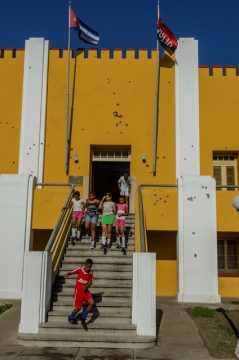
Santa Ifigenia Cemetery
Nestled peacefully on the western edge of the city, the Cementerio Santa Ifigenia is second only to Havana’s Necropolis Cristobal Colon in its importance and grandiosity. Created in 1868 to accommodate the victims of the War of Independence, the Santa Ifigenia includes many great historical figures among its 8000-plus tombs. The highlight of the cemetery is the mausoleum to national hero, Jose Marti. Erected in 1951, the imposing hexagonal structure is positioned so that Marti’s wooden casket (draped solemnly in a Cuban flag) receives daily shafts of sunlight. A round-the-clock guard of the mausoleum is changed, amid much pomp and ceremony, every 30 minutes.
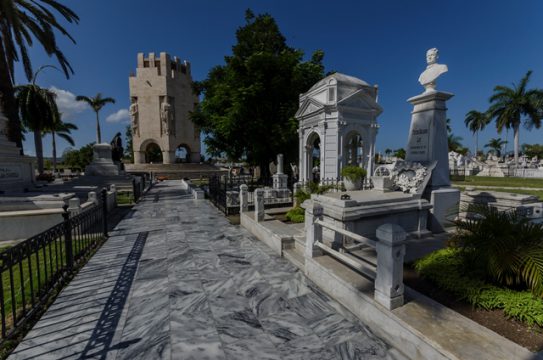
Cayo Granma
A small, populated key near the jaws of the bay, Cayo Granma (formerly known as Cayo Smith) is a little fantasy island of red-roofed wooden houses –many of them on stilts above the water- that guard a traditional fishing community. Come here to enjoy a slower, more hassle-free Santiago. You can hike the short route up to the small whitewashed Iglesia de San Rafael or circumvent the whole island in 15 minutes, but I believe the best thing about this place is just hanging out, soaking up a bit of the real Cuba. To get to the key, take the regular ferry from Punta Gorda just below El Morro castle.
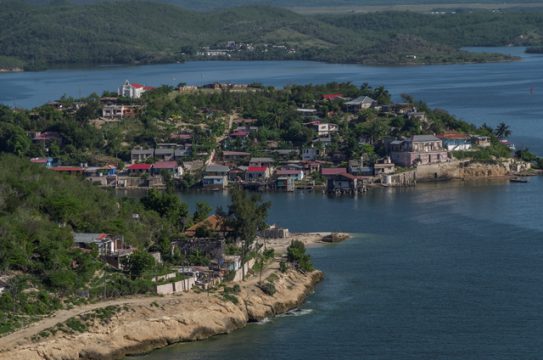
In either direction in Santiago, you´ll be in a different planet, a chain of lonely coves that meets spectacularly in perfect harmony. Glowering to the west, you´ll find Cuba´s highest peak, the wreck of an old Spanish frigate and the splendid El Salton eco-resort.
Don´t you dare missing Santiago de Cuba !!!

